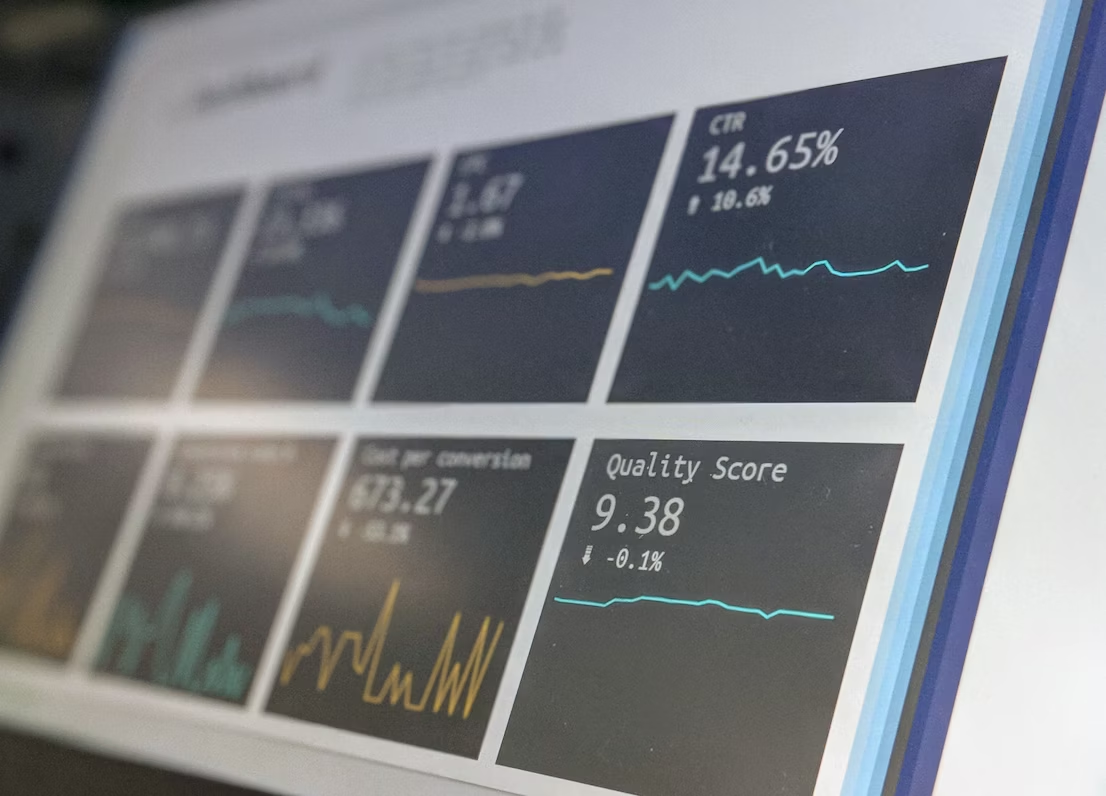Creating a theater space that celebrates diversity and fosters inclusion is not just a noble goal; it's a necessity. So, how does one go about bringing diversity and inclusion into theater? Let's get started on this journey together!
1. Assess current diversity and inclusion in your theater
First thing's first—you need to take a good look at your theater's current state of diversity and inclusion. This isn't a time for assumptions; it's a time for hard facts. Ask yourself:
- Who's working in your theater, both on and off stage? Is there a balanced representation of different genders, races, and ethnicities?
- Is there diversity in the roles held by various individuals? Are certain roles predominantly filled by a specific demographic?
- What's the atmosphere like in your theater? Is it a place where everyone feels welcome and valued?
- Are there any barriers that could be preventing certain groups from getting involved in your theater?
- What about your audiences? Do they reflect the rich tapestry of your local community or are they predominantly from a specific demographic?
This self-reflection is the first step towards fostering diversity and inclusion in theater. You might not like what you see, but remember, this is about identifying areas for improvement. It's about acknowledging the gaps and getting ready to fill them. It's about creating a theater space that truly represents and serves the entire community.
Once you have a clear picture of your current status, you can then move on to the next step of this process—developing a comprehensive plan for diversity and inclusion in your theater. But that's a story for another day. Let's focus on the task at hand and start making theater a better place for everyone!
2. Develop a comprehensive diversity and inclusion plan
Now that you've done your homework, it's time to put your findings to good use. Let's draft a plan to foster diversity and inclusion in your theater.
Define clear objectives
What do you hope to achieve in terms of diversity and inclusion in your theater? It might be tempting to say "more diversity and inclusion," but try to be more specific. For instance, you could aim to have:
- At least 30% of your roles filled by people of color
- An equal gender split in your backstage crew
- More plays written by underrepresented groups in your season lineup
Identify your strategies
How will you achieve these objectives? Your strategies could include things like:
- Auditioning actors from a wider range of backgrounds
- Actively seeking out scripts from diverse writers
- Offering mentorship opportunities for young professionals from underrepresented groups
Set a timeline
When will you start implementing these strategies? When will you review your progress? Setting a timeline keeps you accountable and ensures you're continually moving forward.
Remember, this plan isn't set in stone. It's a living document that should evolve as you learn more about diversity and inclusion in theater. You'll likely need to make adjustments along the way—that's not only okay, it's expected!
This is your roadmap to a more diverse and inclusive theater. It's an ambitious project, but with careful planning and a genuine commitment, you can make it happen. Up next is the how-to of implementing this plan, but let's save that for another day. Now, take a moment to celebrate this important step in your journey towards diversity and inclusion in theater. You're on your way to making a real difference!
3. Implement diversity and inclusion training for all staff
You've made strides in creating an inclusive plan—way to go! Now, let's help your team get on board. Effective diversity and inclusion in theater starts with education. Let's explore some ways you can make this happen.
Introduce awareness programs
You might be surprised at how many people are unaware of their biases. Organizing awareness programs can be a great first step towards promoting diversity and inclusion in your theater. These could include:
- Workshops on unconscious bias
- Discussions on the importance of representation in theater
- Guest speakers from diverse backgrounds sharing their experiences
Foster an inclusive environment
A diverse cast and crew is just the start. You also need to create a culture of respect and acceptance. Here are some ideas:
- Encourage open dialogue about diversity and inclusion
- Develop a code of conduct that promotes respect for all individuals
- Create a safe space where everyone feels comfortable expressing their thoughts and ideas
Provide ongoing training
Learning about diversity and inclusion isn't a one-time thing. It's a lifelong journey. To support this, you could:
- Offer regular training sessions on diversity and inclusion
- Provide resources for self-education, like books and articles
- Host regular 'check-ins' to discuss progress and address any challenges
It's not enough to just 'talk the talk'—you have to 'walk the walk'. By providing diversity and inclusion training for all staff, you're showing your commitment to creating a theater that truly represents and respects all voices. And wouldn't that make for a beautiful show? Next, we'll discuss how to evaluate your efforts and make adjustments as needed. But for now, give yourself a pat on the back. You're doing great work!
4. Evaluate and Adjust Your Diversity and Inclusion Efforts Regularly
Alright, the stage is set! Your diversity and inclusion plan is in motion, with your theater staff actively participating. But remember, diversity and inclusion in theater are not a one-act play. It's a continuous performance that needs regular reviews and revisions.
Monitor Progress
Just like a director watches a rehearsal, you need to keep an eye on how your diversity and inclusion efforts are progressing. It could be as simple as:
- Conducting anonymous surveys to gauge staff sentiment
- Tracking the demographic makeup of your cast, crew, and audiences
- Observing interactions among staff to identify any need for further training or intervention
Review Results
Curtain call! It's time to review your results. And no, we're not talking about box office sales. Regular reviews can help you understand:
- The effectiveness of your diversity and inclusion training—Are staff more aware and respectful of each other's differences?
- If your cast and crew demographics reflect the diversity you aim for—Are you seeing a variety of faces in the crowd?
- How your audience reacts—Are they embracing the diverse stories and characters you present?
Adjust and Adapt
Do your results match your expectations? If not, don't worry! Just like in theater, sometimes you need to rewrite the script. Based on your findings, you might need to:
- Intensify your diversity and inclusion training—Maybe your staff could benefit from more frequent sessions or a wider range of topics.
- Reevaluate your casting and hiring processes—Are they truly inclusive, or are there hidden biases at play?
- Consider new ways to engage your audience—Could you involve them in discussions or events around diversity and inclusion in theater?
To foster diversity and inclusion in theater, we need to continually learn, grow, and adapt. Remember, your theater is a living, breathing entity—a place where stories are told and voices are heard. By evaluating and adjusting your diversity and inclusion efforts regularly, you ensure that it becomes a stage where everyone feels seen, valued, and welcomed. Now, isn't that what the magic of theater is all about?









